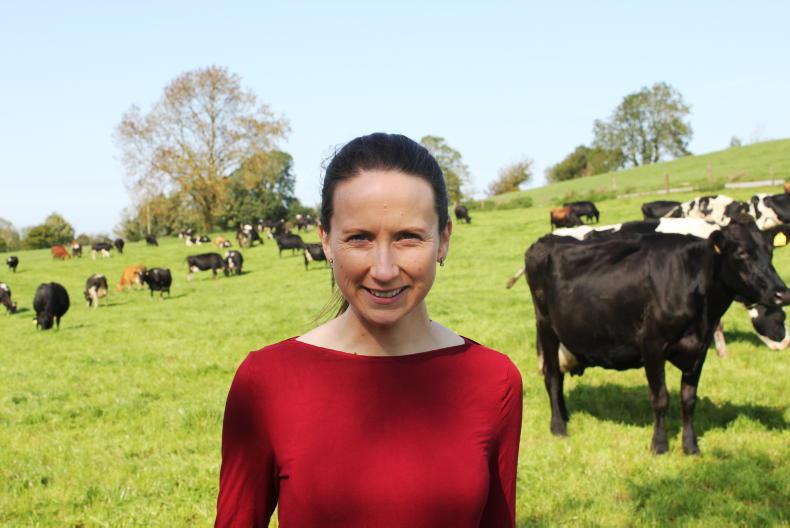Dairy buyers are now looking for proof of sustainability from processors, head of sustainability at Carbery Enda Buckley has said.
He told a west Cork IFA webinar Farming in a new environment in west Cork on Monday night that “customers now want the carbon footprint from all elements of the supply chain and the farm is a big part of that.
"Customers are actually asking, for example, what is the carbon footprint of a block of cheese," he said.
“Something we would have seen once a month previously would be sustainability questionnaires from our customers, now we would see them on a weekly basis.”
Quality assurance
Adding that if farmers felt that Sustainable Dairy Assurance Scheme (SDAS) was an inconvenience to them to complete, it was much easier in comparison to the questionnaires dairy processors have to complete.
“These are quite detailed and we have to demonstrate our sustainability credentials when it comes to things such as animal welfare credentials and water quality."
Commenting on the questions these surveys pose regarding animal welfare and calves in particular, he said: “The questions are around dehorning, disbudding and around the welfare of the calf. One or two might ask where the calf might end up, but it doesn’t arise that much.”
Policy
Irish Farmers' Association (IFA) dairy executive secretary Aine O’Connell informed the meeting that it was important to understand the direction of EU policy and the increased focus on environmental regulations.

She said that the nitrates directive was becoming more of a bi-annual review and that water quality and greenhouse gas emissions were two of the other key metrics dairy will be judged on.
Acknowledging that we are waiting on a detailed sectoral plan, she advised farmers that if we don’t see GHG emission reductions of 4.5% per year, we will see the screw tightened in the second half of the decade.
On short-term milk price, O’Connell was optimistic, but gave a word of caution: “We will see continued volatility, but I suspect this will be at a higher milk price range due to a rise in world food prices.”
This, she reasoned, was due to supply being constrained because “global environmental policies are tightening both in New Zealand and the US. Cost of inputs are rising and while we are feeling the pain, others are feeling it more.”
The event attracted 170 attendees and focused on what changes farmers can expect over the next five to 10 years.
The meeting had a keynote address from editor and CEO of the Irish Farmers Journal Justin McCarthy.






 This is a subscriber-only article
This is a subscriber-only article










SHARING OPTIONS: